Steampunk Tritonia Atmospheric Diving Suit Statue
Take your love of Steampunk style to new depths with this Steampunk Atmospheric Diving Suit Statue based on the first truly usable nautical scuba gear used in the 1930’s to explore the wreck of the sunken RMS Lusitania. Sculpted with great detail from its flexible joints to pressurized helmet, this high quality statue is hand-cast using real crushed stone bonded with durable designer resin, is cast exclusively in quality designer resin and hand painted in an antique brass finish. Steampunk style with rivets, joints, tubes and pincers, all highlighted by the antique brass finish, this diving suit will fit right in with your other neo-Victorian steampunk collectables. An Atmospheric Diving Suit (ADS) is a small one-person articulated submersible which resembles a suit of armour, with elaborate pressure joints to allow articulation while maintaining an internal pressure of one atmosphere. An ADS can enable diving at depths of up to 2,300 feet (700 m) for many hours by eliminating the majority of significant physiological dangers associated with deep diving. The occupant of an ADS need not decompress, and there is no need for special gas mixtures, so there is little danger of decompression sickness or nitrogen narcosis when the ADS is functioning properly. An ADS can permit less skilled swimmers to complete deep dives, albeit at the expense of dexterity.
Atmospheric Diving Suits in current use include the Newtsuit, Exosuit, Hardsuit and the WASP, all of which are self-contained hard suits that incorporate propulsion units. The Hardsuit is constructed from cast aluminum (forged aluminum in a version constructed for the US Navy for submarine rescue), the upper hull is made from cast aluminum, while the bottom dome is machined aluminum. The WASP is of glass-reinforced plastic (GRP) body tube construction. The underwater environment exerts major physiological stresses on the diver, which increase with depth, and appear to impose an absolute limit to diving depth at ambient pressure. An atmospheric diving suit is a small submersible with a pressure hull which accommodates a single occupant at an internal pressure of about one atmosphere. The provision of hollow arm spaces with pressure resistant joints to carry manually operated manipulators, and usually separate leg spaces, similarly articulated for locomotion, makes a suit resemble a bulky suit of plate armour, or an exoskeleton, with elaborate joint seals to allow articulation while maintaining internal pressure. Steampunk Tritonia Atmospheric Diving Suit Statue sizes: 3 inches/ 7.5 cm x 4 inches/ 10 cm x 8 inches/ 20.5 cm.
Steampunk Atmospheric Diving Suit Statue on Amazon.
Steampunk Atmospheric Diving Suit Statue on eBay.


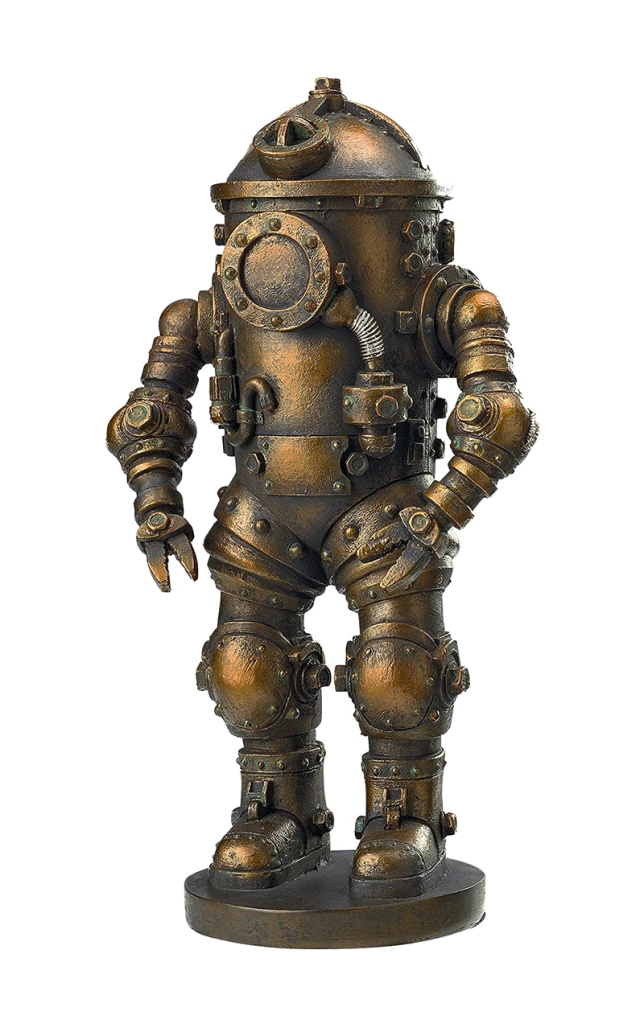

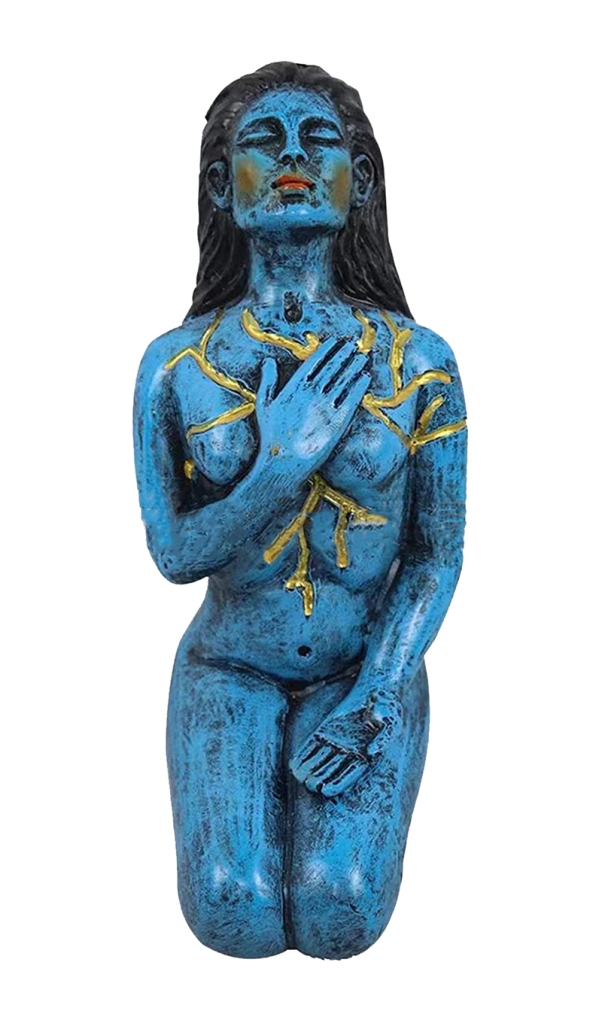
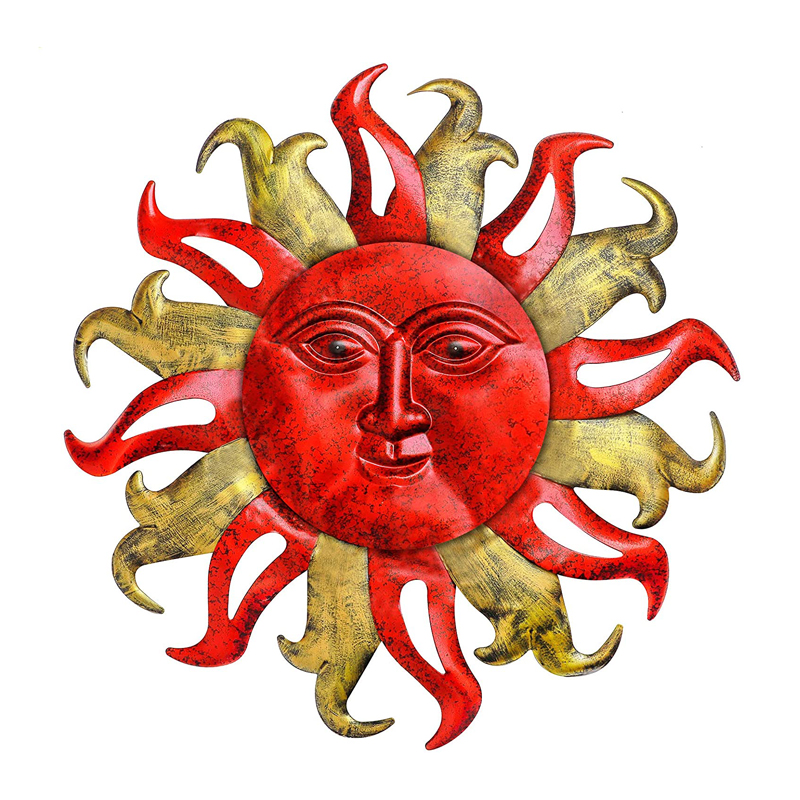



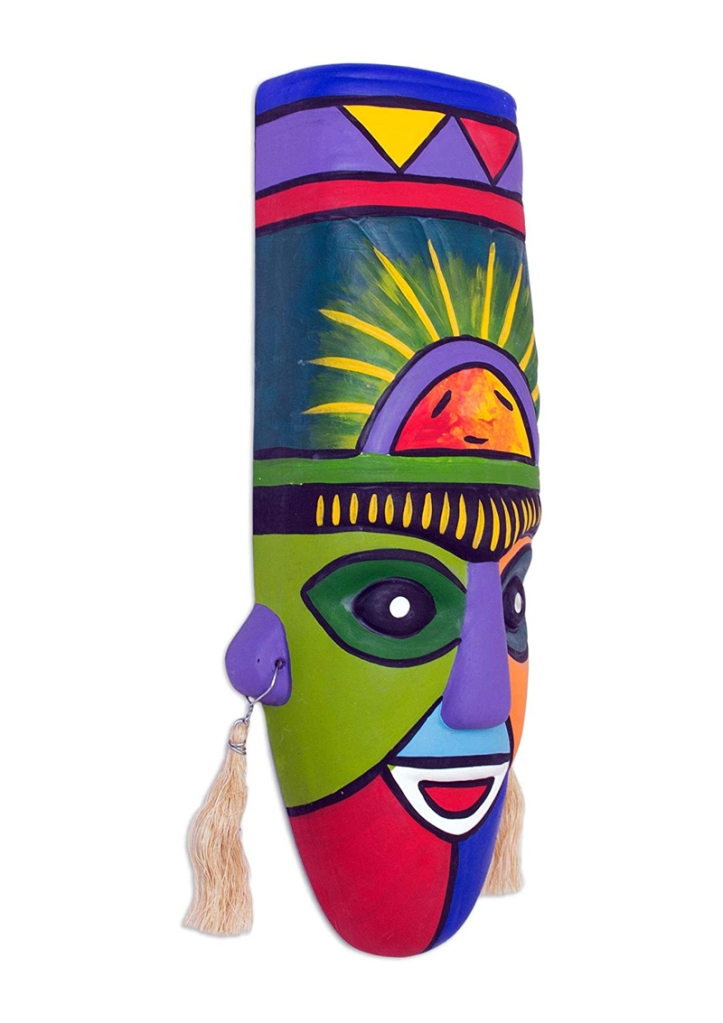


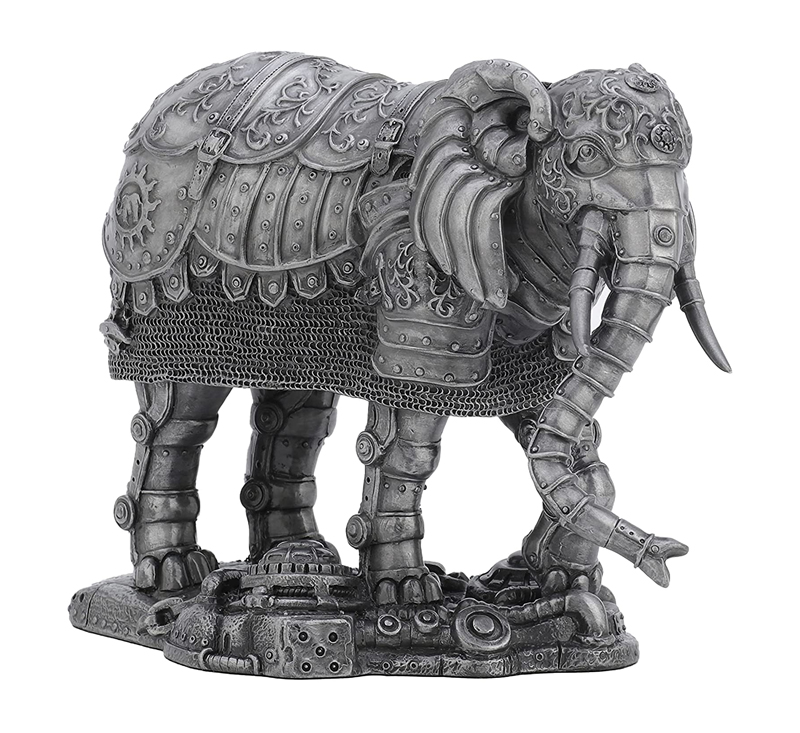
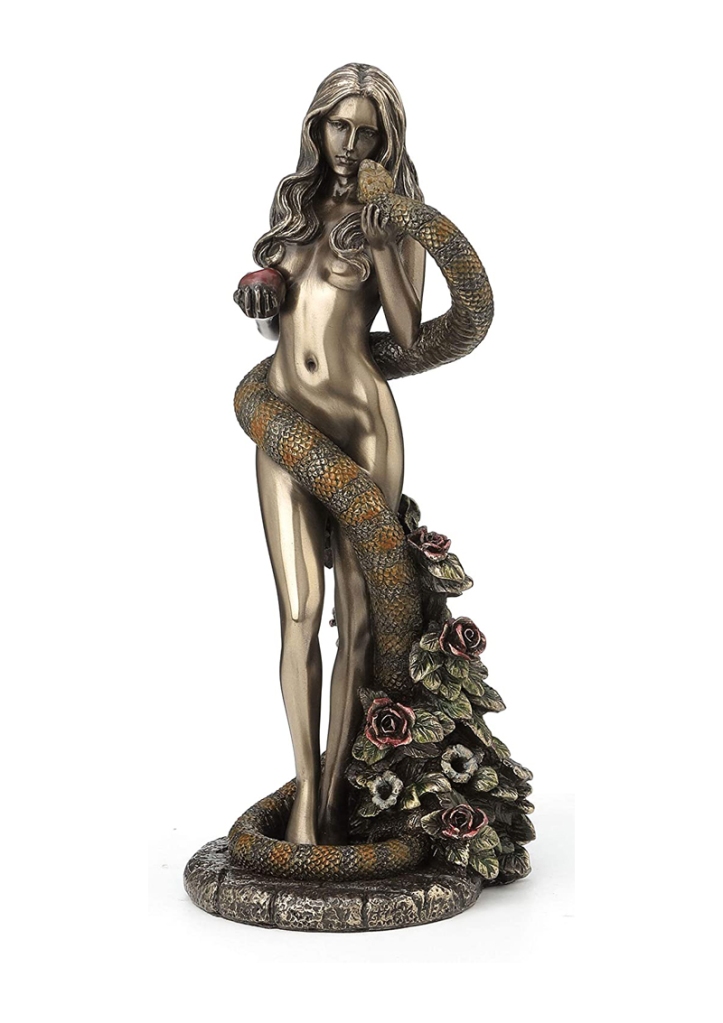

You must be logged in to post a comment.